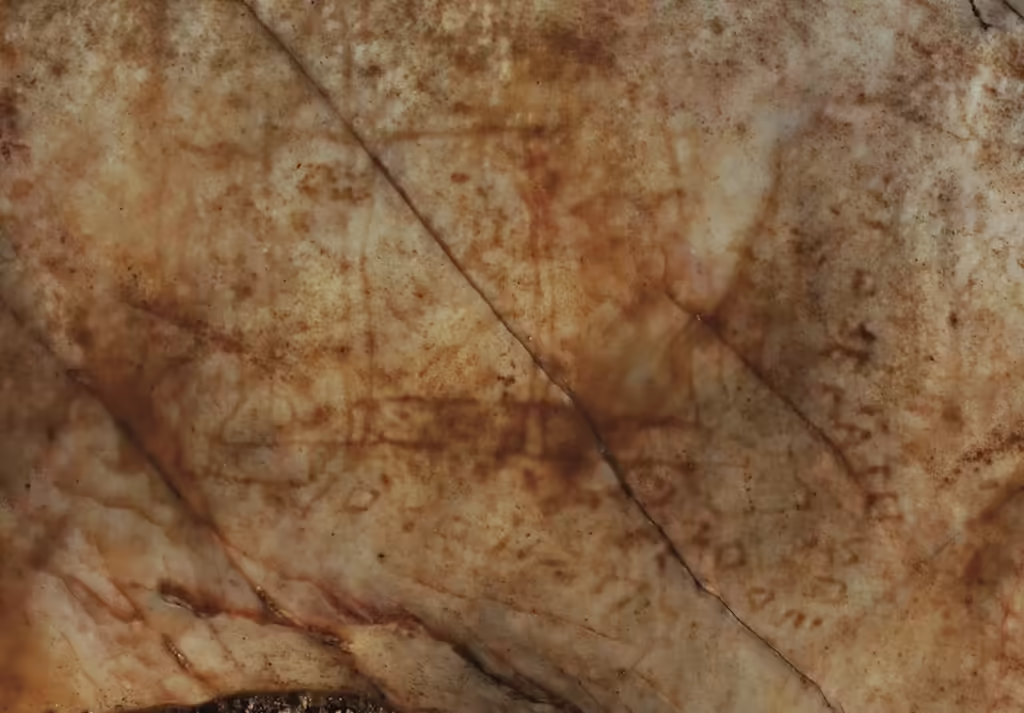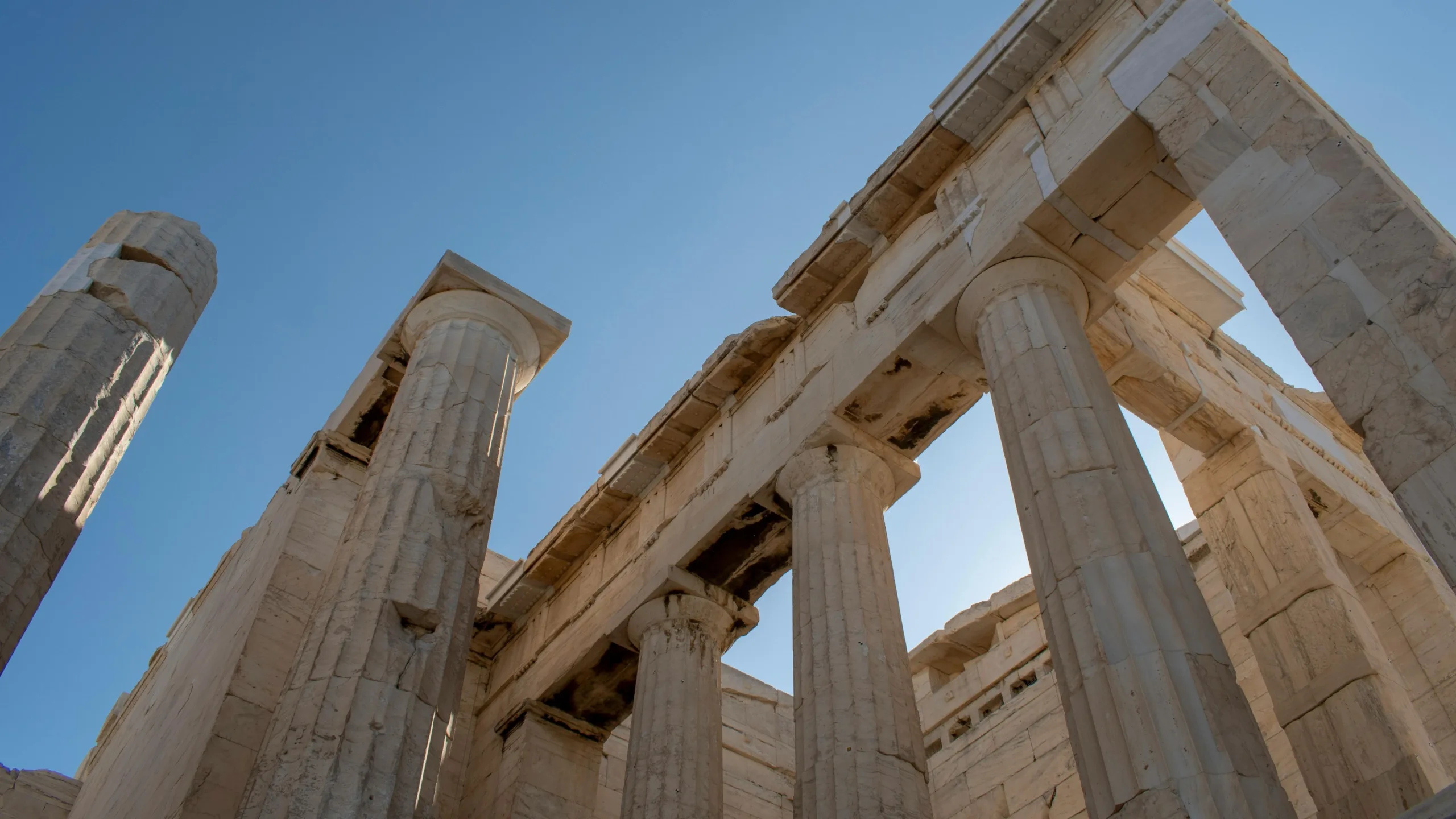Ancient Greek graffiti might hint at a lost temple on the Acropolis of Athens, according to a recent study in the American Journal of Archaeology (AJA).
The study suggests that graffiti found outside Athens could depict an ancient temple predating the Parthenon. This graffiti, a detailed engraving of a building, was discovered on a marble rock outcrop at Barako Hill near Vari, about 12 miles southeast of Athens.
According to newsweek.com, although the inscription doesn’t mention the Acropolis, the researchers believe it likely refers to it. The graffiti, dating back to the 6th century B.C., was found among over 2,000 examples on marble outcrops in the hills around Vari. These include simple drawings and short inscriptions in an ancient Greek alphabet.

The Barako Hill graffiti was likely created by someone identifying as “Mikon,” possibly a shepherd. It depicts a colonnaded building, probably a temple, referred to as “the Hekatompedon,” meaning “100-footer” in ancient Greek. This term was used for the temple dedicated to Athena at the Acropolis, known later as the Parthenon.
However, since the Parthenon wasn’t constructed until around 450 B.C., the graffiti suggests the existence of an earlier temple on the Acropolis. Historical records indicate older temples were destroyed by the Persian army in 480 B.C., leaving their appearance and exact locations uncertain.
Source: newsweek.com
